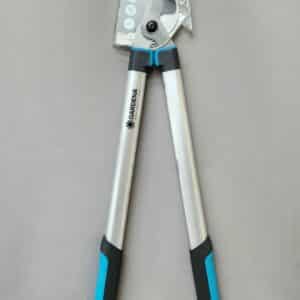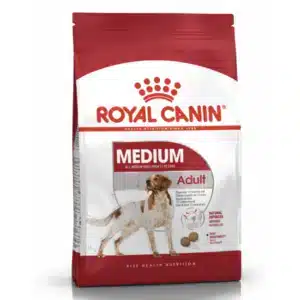12 Tips for a Happy Hamster
Uncategorized
12 Tips for a Happy Hamster
 First things first: Here is what you’ll need:
First things first: Here is what you’ll need:
- hamster exercise ball
- pine shavings or recycled paper bedding
- hamster food
- hamster exercise wheel
- wire cage, heavy-duty plastic rodent cage or aquarium with screen lid
- small water bottle for rodents (All of the above are available at Stodels Pet and Fish Centres.)
- Look for the right hamster. An ideal hamster is between 4 and 7 weeks old; hamsters are easier to tame when they’re young. There are two types of hamster: the golden hamster and the Siberian or dwarf hamster. The golden hamster is available in a variety of colours and fur variations, while the smaller dwarf hamster comes in only a few colours. However, the big difference between the two is that dwarf hamsters are more difficult to tame, that’s why at Stodels we tame them before we sell them.
- When you bring your hamster home, place the cage in a location away from drafts, and out of direct sunlight. Pick a spot in the house where you will frequently visit your hamster.
- Cover the cage floor with a 5cm layer of bedding. Pine wood shavings are best, because they are absorbent and non-toxic. Stodels also stocks the popular wood-based pellets, which are highly absorbent and very efficient.
- Keep a filled, clean water bottle attached to the cage at a height where the spout is reachable by the hamster, but doesn’t touch the bedding. If the bedding gets wet it can rot and cause your hamster to get sick. Wash and refill daily.
- Provide plenty of chew toys. Hamsters love the cardboard tubes found inside rolls of toilet paper and paper towels. Attach hamster wood chews to the side of the cage.
- Make a box for your hamster to sleep in. Cut a 5cm doorway into a small, closed cardboard box. Place the box in a far corner of the cage. The hamster will fill the box with bedding and chewed-up pieces of cardboard from the toilet paper tubes and will use the box as a bedroom. He will not urinate in the box, so you can use it for many months before replacing it.
- Feed your hamster a commercially prepared hamster-food mix once or twice a day. Supply a small amount of fresh fruits and vegetables year-round. When you introduce new food, initially feed small portions so his system can get used to them. Stodels Pet and Fish Centres recommend the “versele-laga” food range for all your rodents.
- Exercise your hamster by putting an exercise wheel in its cage. Let it exercise outside the cage inside a specially designed plastic hamster ball. Close the doors to your bedroom, take the hamster out of its cage, and let it run around in the hamster ball.
- Wash your hamster’s cage at least once a week. Remove the hamster to a safe location and dip the cage in water that has a few drops of household disinfectant added to it. Wipe out any debris, dry the inside and add clean bedding before replacing the hamster.
- Remove any uneaten fruits and vegetables after two days. Fresh foods that turn mouldy can make your hamster sick.
- Don’t bathe your hamster. Hamsters clean themselves. If you think your hamster smells bad, the odour is probably coming from dirty bedding. Clean the hamster cage more often.
- Take your hamster with you or find someone to take care of him if you are going on holiday for more than three days.
You might also like
Shop online
-
PLASTIC SQUARE BLACK/GREEN POT 7CM X15CM
- R49.99
- Select options This product has multiple variants. The options may be chosen on the product page Learn More
-
PRUNING LOPPER
- R799.99
- Add to cart Learn More
-
- Sale!
MED ADULT 15KG
- Original price was: R1,599.99.R1,279.99Current price is: R1,279.99.
- Add to cart Learn More




